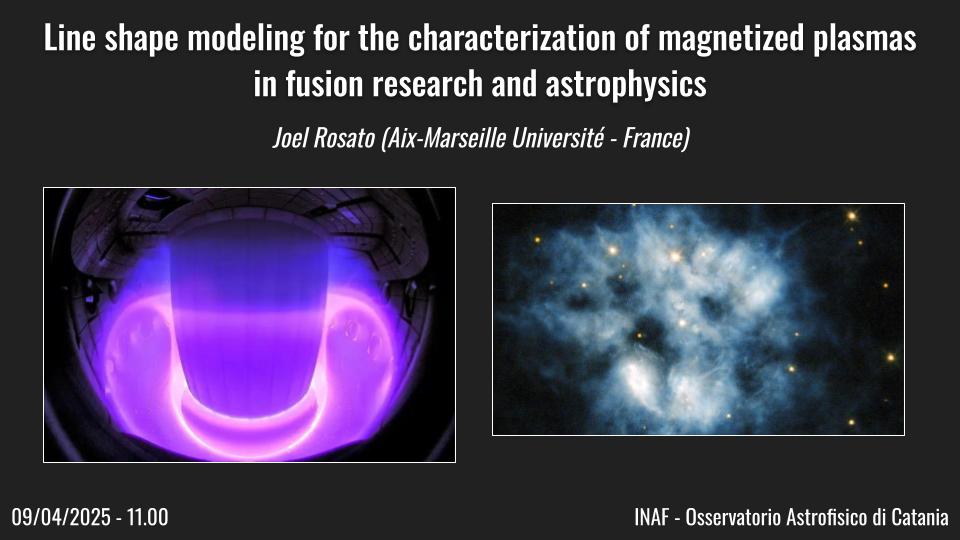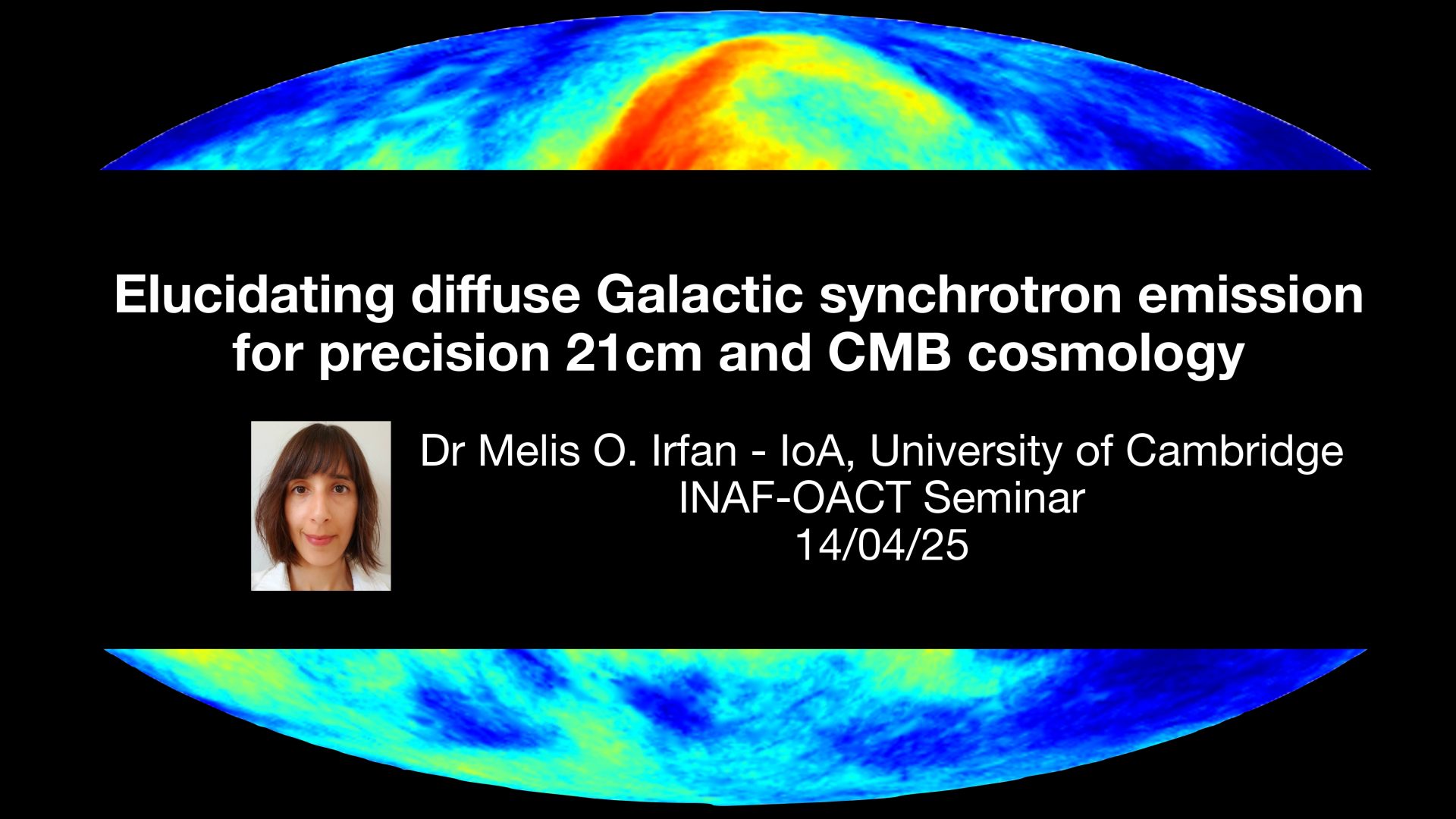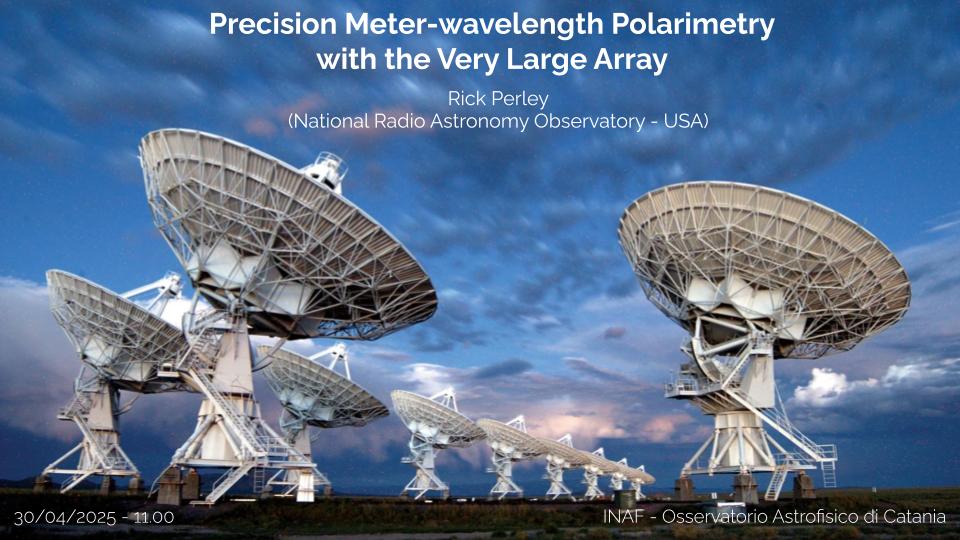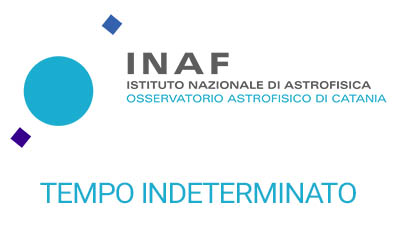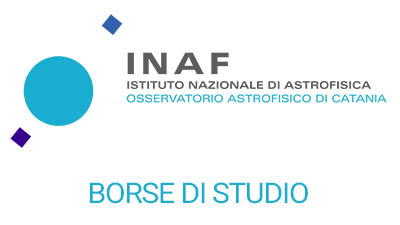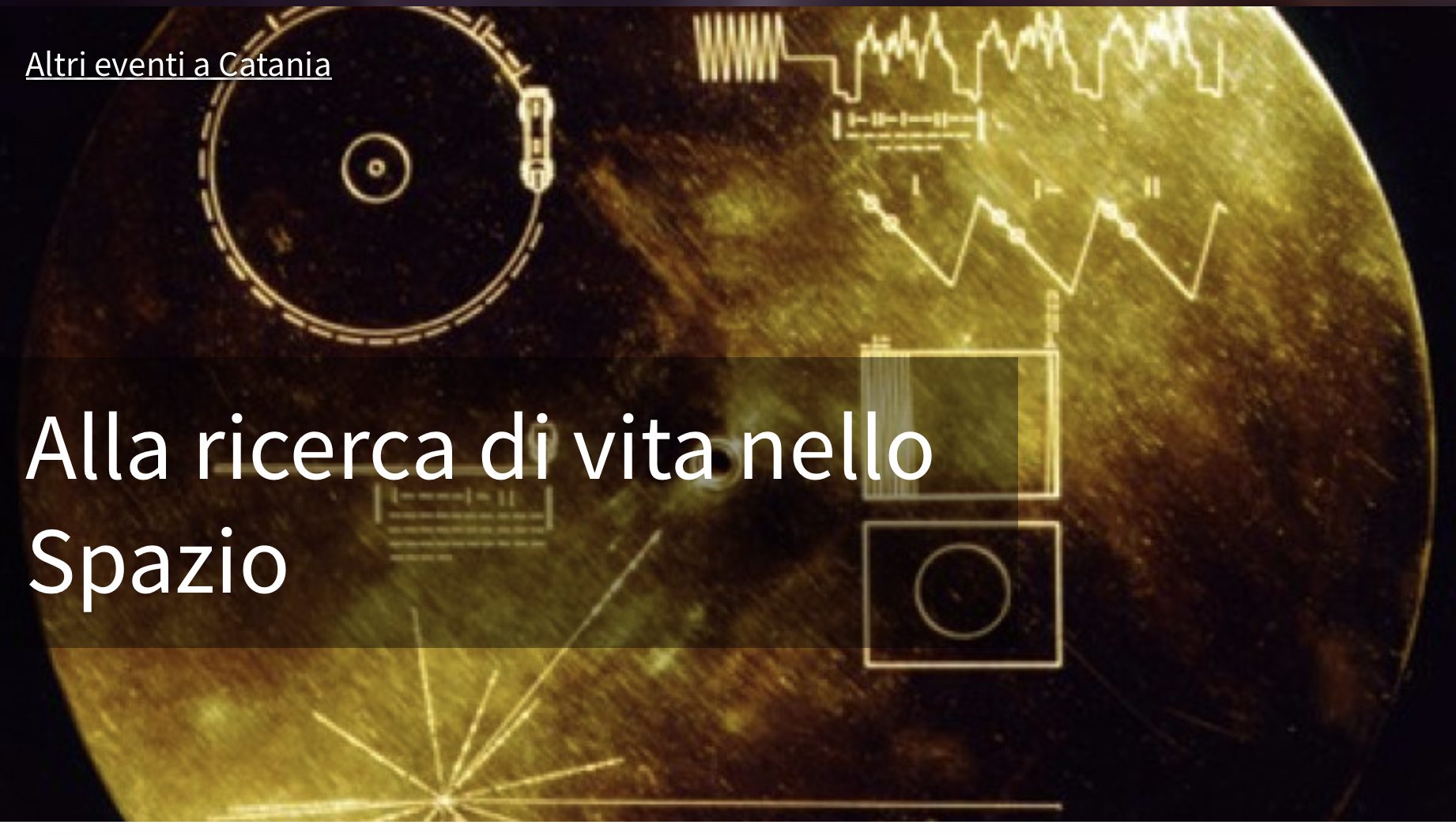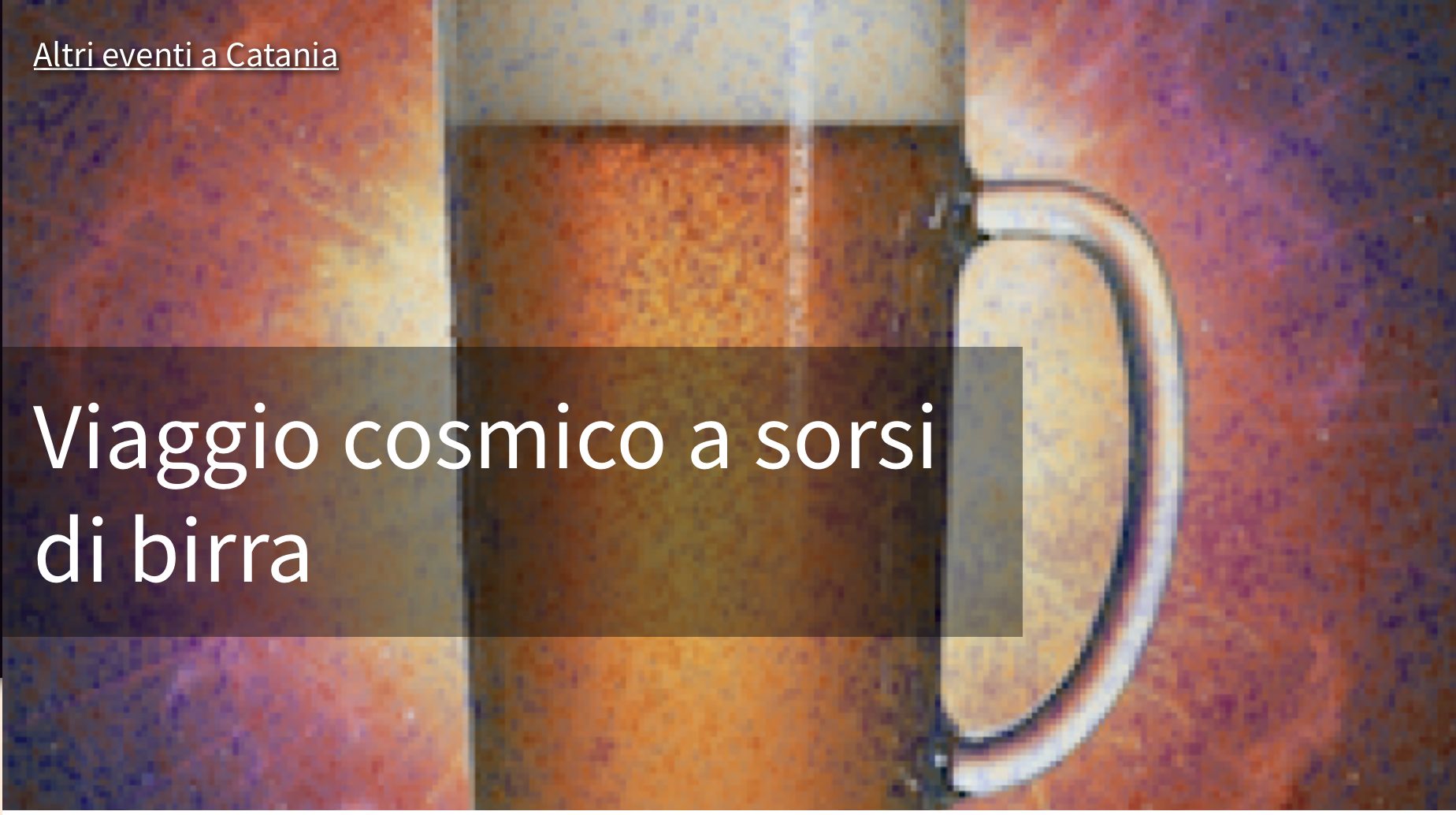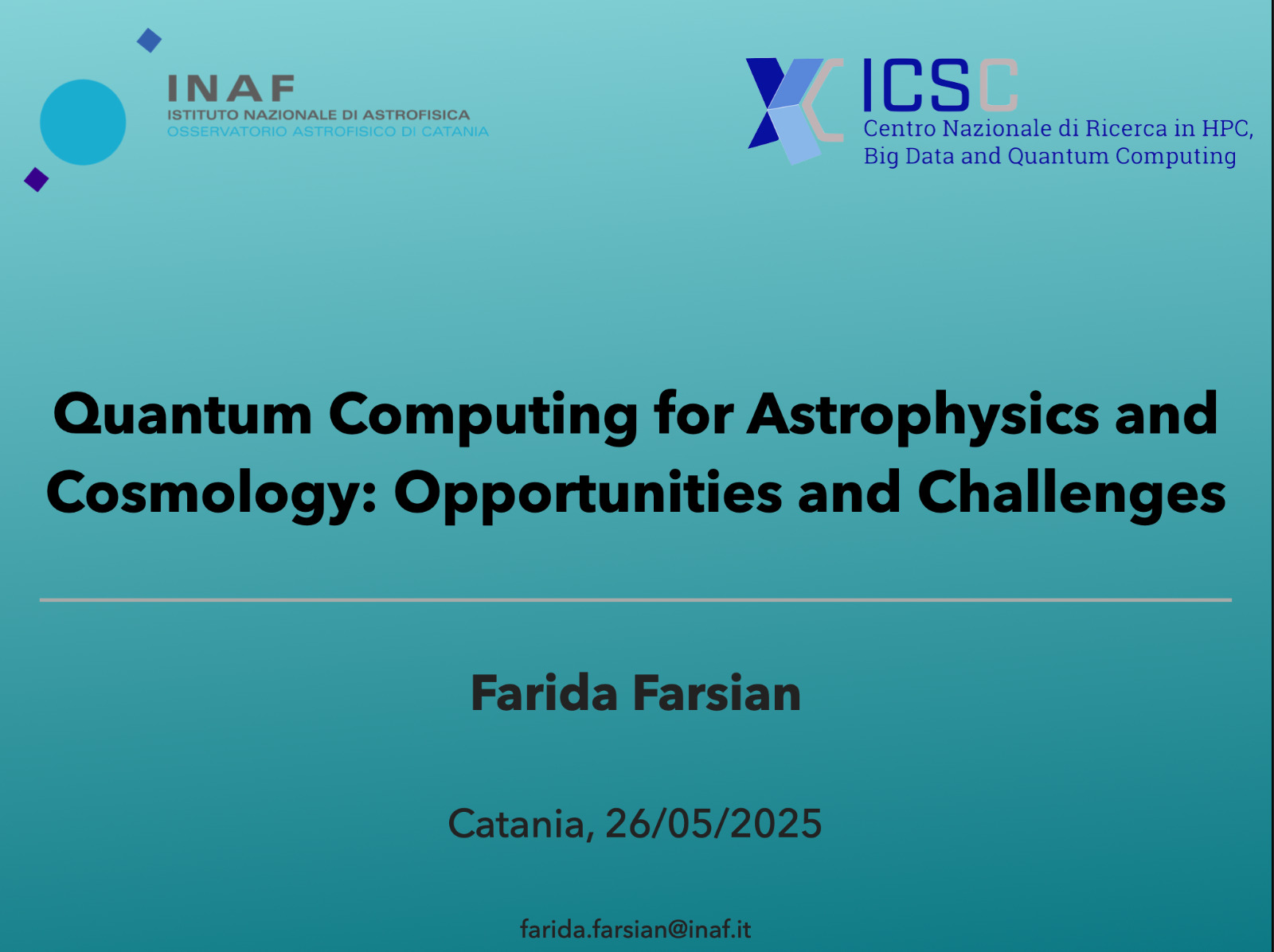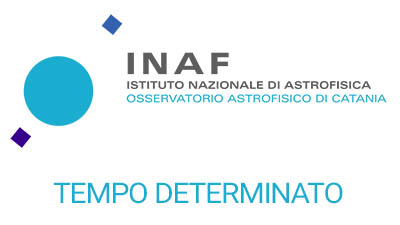Line shape modeling for the characterization of magnetized plasmas in fusion research and astrophysics
Sede A. Riccò Via Santa Sofia 78, CataniaIn this talk, we report on a selection of issues present in the elaboration of spectroscopic models for magnetized plasma diagnostic. A focus is put on tokamak edge and white dwarf atmosphere plasma conditions. In both cases, the observed spectra exhibit clean lines, either in absorption or in emission, denoting the presence of neutral species (atoms). An analysis of the line shape and intensity yields information on the plasma parameters provided a suitable physical model is used. We first discuss in detail the physical mechanisms underlying the broadening of the spectral lines due to the plasma microfield (Stark effect), and we next report on models and codes that have been developed in our group at the PIIM laboratory. Applications to the fitting of observed spectra – both in magnetic fusion and astrophysics – are presented. Motivated by current research trends, we also discuss specific issues related to the presence of strong external magnetic field (Zeeman effect etc.) and report on some recent works done in atomic physics for the improvement of line shape models.
